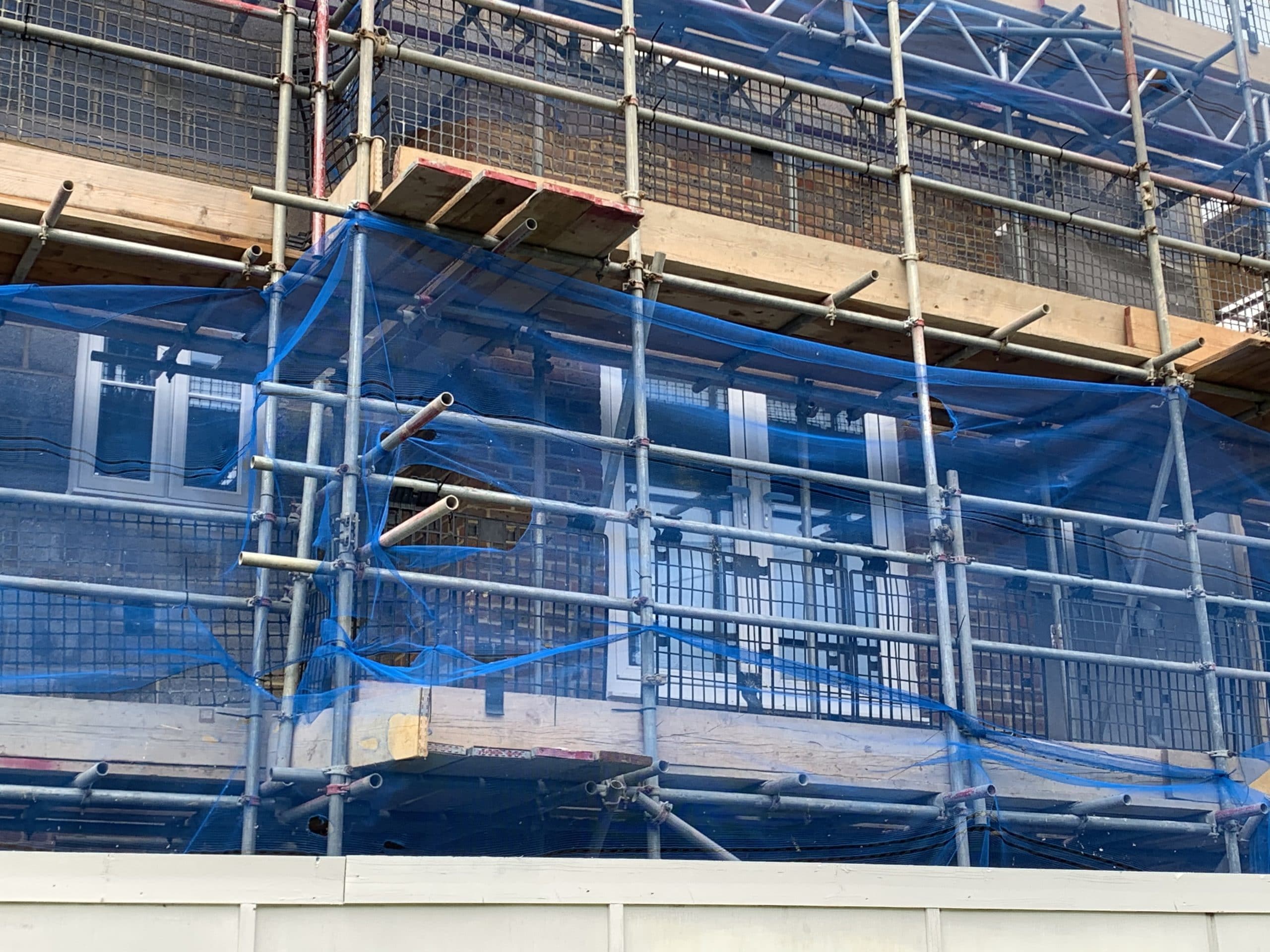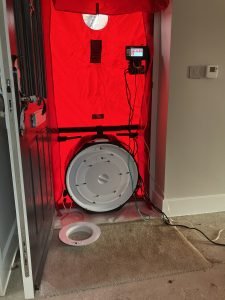When it comes to planning for your new build or refurbishment, the list of things to consider are endless. Here we share our top tips for planning advice.
Are you in the planning stage of a development? Chances are you’re feeling a tad overwhelmed by the endless information out there.
We get it; it’s a minefield. Reports, calculations, assessments… There’s a lot to consider. That’s why we wanted to draw together some of our top advice when it comes to planning for your build. We hope that it helps focus your planning and clears the confusion around what planning elements are relevant to you.
Top tips for planning advice.
When you’re on a mission to deliver low energy, zero carbon construction projects, the need to be totally clear on your planning requirements is vital.
Tip 1 – Read the adopted Local Plan.
The adopted Local Plan is sometimes called the Core Strategy, and all local planning authorities will have one in line with the National Planning Policy Framework NPPF. Each will have a section on ‘energy and low carbon design’; although it’s worth noting that specific headings vary by authority (for example you may find the relevant sections beneath the ‘sustainable development’ heading).
Some of these plans are quite dated now and certain requirements may no longer be required. A common example of this is the reference to the Code for Sustainable Homes – this is a method that is no longer actually running. If you do find that this code is referenced in your Local Plan, you can mostly assume that this should be replaced by 19% carbon reduction targets and a water usage of 105litres per person per day. These are the old Code Level 4 standards and are the maximum targets an authority can place upon a development under the Government Deregulation Bill.
BONUS tip – When working your way through the Local Plan, make sure you keep an eye on the wording… are they asking you for energy reduction or carbon reduction?
Tip 2 – Remember that the London Plan has different rules.
If your development is in London, you need to remember that the rules are slightly different: you will instead need to look at the London Plan.
The London Plan differs from Local Plans, and it will include:
- Further targets and requirements following the Mayor’s Hierarchy of Be Lean, Be Clean and Be Green
- A requirement to reduce overheating and to avoid mechanical cooling
- An allowance for SAP 10 carbon factors to be used within the energy calculations
BONUS tip – While SAP 10 carbon factors are not currently part of Building Regulation, they will form a part of the new building regulations, as well the need to adjust carbon factors (in particular, electricity) to take into account the ever increasing renewable energy being produced here in the Uk. Take a look at our SAP Calculations page to find out more.
Tip 3 – Make sure you know what your sustainability statement requires.
The Local Plans will require you to provide a carbon and energy reduction strategy in the form of a sustainability statement which details exactly how the scheme will meet the relevant policies. If you aren’t sure where to begin (or how to make your statement as strong as possible) then this is where we – as Sustainability Consultants – are here to help.
Some local authorities will also require you to complete a sustainability checklist: this should cover energy, water, sustainable construction, waste and flood risk.
There are two main elements to achieving the targets set out in the local plan: Fabric First and Low Carbon Renewable Technology. As the name suggests, Fabric First is all about using the building fabric to improve the overall carbon reduction of a build – aka, to prove that the dwelling won’t reply purely on renewable technology. This has a direct impact on the design, as it will alter the method of the build, the floor plan, walls, roof build-ups and insulation thickness.
BONUS tip – It is useful to consider air tightness strategies and ventilation when mapping out your design!
Tip 4 – Determine your low carbon and renewable technologies.
When it comes to planning targets, you will likely have one for overall carbon reduction (based on fabric and renewable technologies) and another specific to renewable technologies.
Commonly, we tend to see a 19% requirement overall with 10% based on renewable technology. If we break this down, this means 9% from Fabric First and 10% from renewable technology. Technologies can include:
- Mechanical Ventilation with Heat Recovery (MVHR)
- Waste Water Heat Recovery (WWHR)
- Heat Pumps
- Solar Thermal
- Solar Photovoltaics
BONUS tip – Due to the sheer magnitude of options (and the fact that not all of them will be suited to your particular scheme) we highly recommend bringing a consultant into the project as early as possible to ensure the right decisions are made.
Tip 5 – Don’t overcommit!
Recently we have also seen that the more progressive local authorities have introduced targets on embodied carbon.
Embodied carbon is the carbon footprint of any given material. It considers the level of greenhouse gases that were released throughout the supply chain of the material, and how they have contributed to overall emissions from the construction sector.
This is a highly specialised area, and one that we certainly encourage you to consult a sustainability expert on. However, our main advice would be to not over commit to the planners. Far too often we have witnessed individuals promising large carbon reduction targets only for them to get written into the planning conditions; and at that point, you’re stuck. Planners can always up the target if required, but we have never seen them reduce a target once the client has put it forward in their sustainability statement
So, be realistic. Don’t put the bar too high with the hope it will impress the planners – because in if you can’t deliver, then the bar will just come crashing to the ground.
BONUS tip – You can learn more about embodied carbon in our comprehensive guide.
Save yourself time and money by bringing the right level of planning support into your project early on.
We appreciate that this is a lot of information to digest. In summary, our recommendations for planning are:
- Read the adopted local plan
- Don’t forget the different rules in the London Plan
- Make sure you know what your sustainability statement will require
- Choose your low carbon and renewable energy technologies
- Do not overcommit!
But, if you need a further helping hand, we’re here to support you.
While the developed design of your project is most likely a work in progress, you can save yourself a huge amount of time and money by getting advice early on in the design process.
For example, questions such as “what levels of insulation will I need?” are going to have a big impact on finished floor levels and your chosen renewable technologies are going to cause changes for their designated spaces.
We can guide you on these steps and so much more.





















